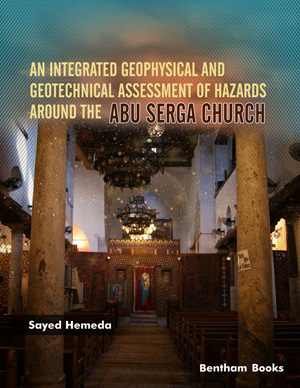Abstract
SHS investigation development is considered from the geographical and historical viewpoint. 3 stages are described. Within Stage 1 the work was carried out in the Department of the Institute of Chemical Physics in Chernogolovka where the scientific discovery had been made. At Stage 2 the interest to SHS arose in different cities and towns of the former USSR. Within Stage 3 SHS entered the international scene. Now SHS processes and products are being studied in more than 50 countries.
Abstract
The refraction microtremors technique is based on two fundamental ideas. The first one is that common seismic-refraction recording equipment, set out in a way almost identical to shallow P- wave refraction surveys, can effectively record surface waves at frequencies as low as 2 Hz (even lower if low-frequency phones are used). The second idea is that a simple, two-dimensional slowness-frequency (p-f) transform of a microtremors record can separate Rayleigh waves from other seismic arrivals and allow recognition of true phase velocity against apparent velocities. Two essential factors that allow exploration equipment to record surface-wave velocity dispersion, with a minimum field effort, are the use of a single geophone sensor at each channel, rather than a geophone “group array”, and the use of a linear spread of 12 or more geophone sensor channels. Single geophones are the most commonly available type and are typically used for refraction rather than reflection surveying. The advantages of ReMi from a seismic surveying point of view are several, including the following: It requires only standard refraction equipment already owned by most consultants and universities; it requires no triggered source of wave energy, and it will work best in a seismically noisy urban setting. Traffic and other vehicles, and possibly the wind responses of trees, buildings, and utility standards, provide the surface waves. The present study uses the ReMi method to determine the S-wave seismic velocity with depth for Abu Serga church. This is important to determine the depth of the bedrock (any solid rock underlying the soil with S-wave >765 m/s, USGS, 190) as well as other engineering applications.
Keywords:
Abu Serga church, Architectural Heritage Preservation, Cairo, Nondestructive Testing, Survey, ReMi Test.
Recommended Chapters
We recommend

Authors:Bentham Science Books






